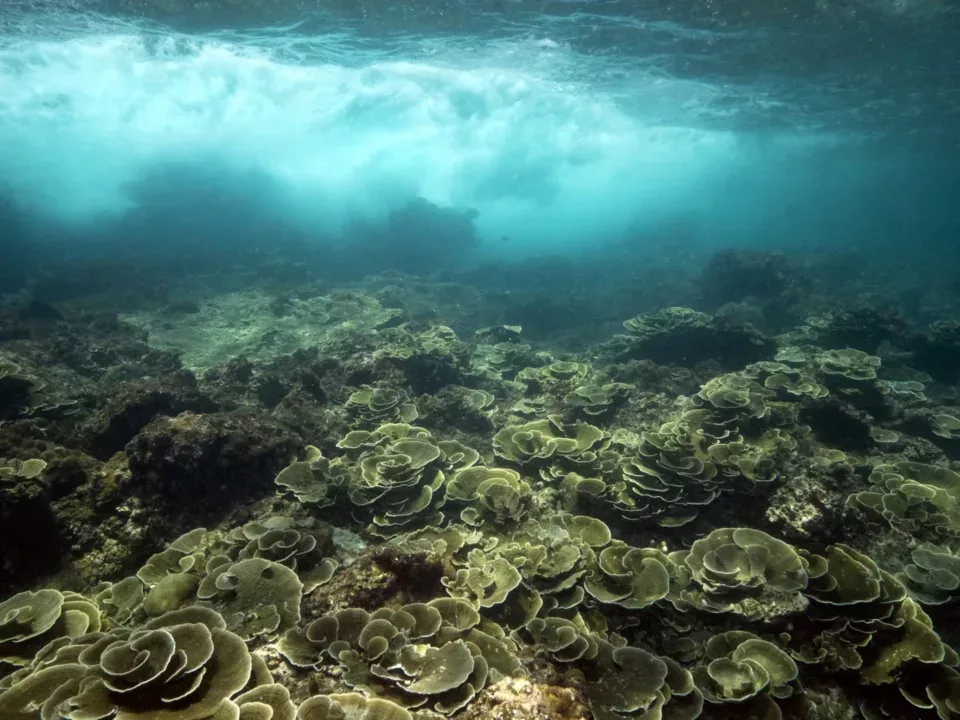Seagrasses in the WIO region cover extensive areas of nearshore soft bottoms along ~12,000 km of coastline from the intertidal to depths of more than 30m (Gullström et al., 2002; Ochieng and Erftemeijer, 2003; Bandeira and Gell, 2003). Seagrass meadows in the region often occur in close connection with coral reefs and mangroves.
The new Guidelines on Seagrass Ecosystem Restoration (SER) are intended to serve as a tool in support of seagrass restoration opportunities in the Western Indian Ocean (WIO) Region.
The Guidelines were developed in response to increasing incidents of seagrass degradation across the region, either through direct anthropogenic pressures and/or climate change-related impacts. The initiative is part of a wider, GEF-funded ‘Implementation of the Strategic Action Programme for the protection of the Western Indian Ocean from land-based sources and activities’ (WIOSAP) by the United Nations Environment Programme (Nairobi Convention). It is anticipated that these guidelines will offer necessary technical guidance on seagrass restoration for the implementation of demonstration projects across the region under the broader objective of reducing stress on seagrass ecosystems from land-based sources and activities.
The Guidelines comprise best practice approaches and methodologies for seagrass restoration and are based on a thorough review of global scientific and grey literature on seagrass restoration methods and documented experiences from experimental, small-scale pilot projects and large-scale restoration programs around the world. The Guidelines have been tailored for practical applicability (fit-for-purpose) to the WIO region by considering locally relevant drivers of seagrass decline, dominant seagrass species, environmental settings, management contexts, logistic and economic constraints specific to the WIO region, and three case studies from within the region
The objective of preparing these WIO-specific guidelines is to help practitioners in the region to focus on what is most likely to work for them when planning a seagrass restoration project and to assist them to better match the vast array of available restoration methods and approaches to their particular local situation. This will prevent failures due to a repeat of approaches that don’t work and avoid haphazard seagrass restoration activities without key consideration of the lessons learnt from methods tested elsewhere and their workability in the region.
The Guidelines are intended for stakeholders in seagrass restoration in the WIO region, including resource managers, restoration practitioners, scientists, students, non-governmental organizations (NGOs) and communities. The guide is written in a language style that is easily understandable and transferable. It integrates and makes use of existing global literature and guidelines/protocols/manuals on seagrass restoration, complemented by the practical experience from seagrass research and restoration projects in the WIO region.

